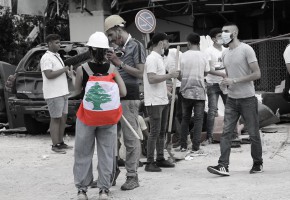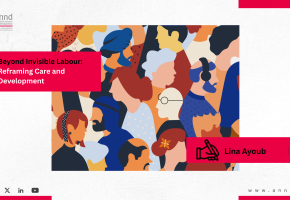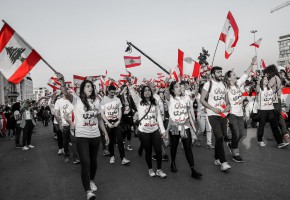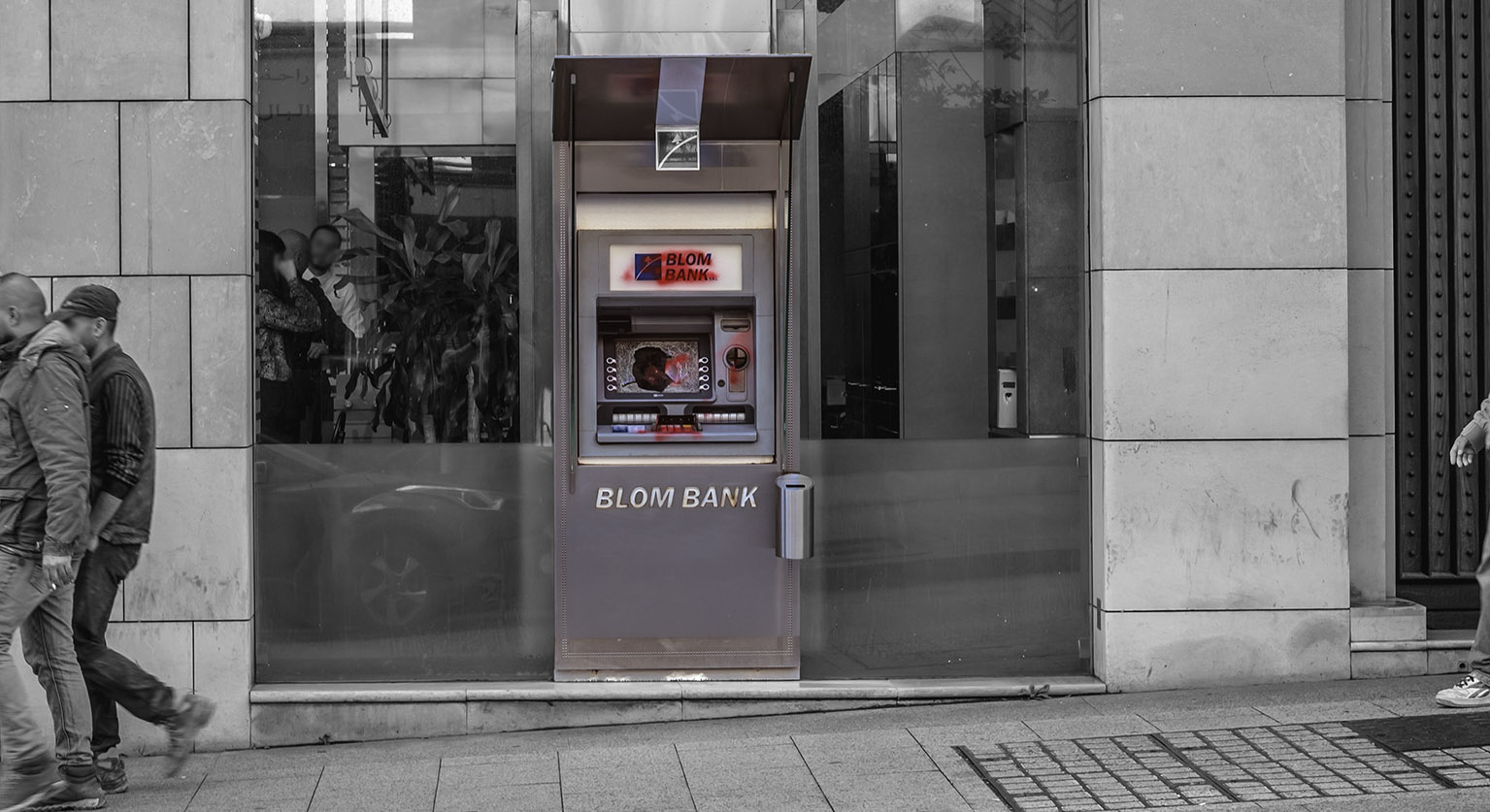
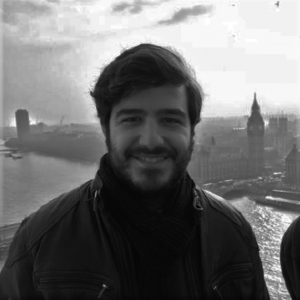
Lebanon's Economy and State in its Second Centenary - Hassan Sherry
This article was publish first on Al Modon.
"But this long run is a misleading guide to current affairs. In the long run we are all dead"--John Maynard Keynes
Lebanon and its economy enter their second centenary amid major changes in the global economic and political landscape. Lebanon continues to suffer from the worst economic and social crisis since its inception. On the other hand, developed countries are repositioning themselves in the global economic system to give more priority to geopolitical considerations instead of those based on market economics and globalization.
The above turn was best demonstrated by US National Security Advisor Jake Sullivan’s announcement that the United States was adopting a "small yard, high fence" policy driven by national security concerns. It includes a package of industrial policies that unleash a wide range of traditional and non-traditional economic tools. The tools aim to support research, investment, and local manufacturing in key economic areas, and promote clean energy projects, innovation in semiconductors, and other advanced technologies.
Conversely, the Lebanese economy lacks a future vision, which poses the following question: What economy do we want for Lebanon in its second centenary? If we really want to develop a vision for Lebanon's economy in its second century, we must first rely on an accurate and precise examination of its nature and role in its first centenary, and then draw conclusions.
The First Centenary: Four eras that witnessed the formation and collapse of the Lebanese economy
The first era extended from the establishment of the State of Greater Lebanon in 1920 under the French Mandate until independence in the mid-1940s. During that time, Lebanon was the center of the unified commercial, financial, and monetary market throughout the entire geography of the mandate, and Beirut was its capital. It shared a single currency and common interests with Syria, in addition to the freedom of movement of goods, merchandise, and individuals between the two countries.
The second era ranged between independence and the eve of the internal war in the mid-1970s. It had two main themes. First came the estrangement between Lebanon and Syria following the dismantling of the customs union between the two countries in 1950. Secondly, Lebanon's economic policies became linked to the role it was supposed to play vis-à-vis its regional surroundings. Perhaps the most prominent role of the Lebanese economy in that era was to confront the changes that the countries of the region witnessed after their waves of independence, and their transition towards socialist patterns of economic organization. Then, banking secrecy was adopted in 1956, and the polarizing role of money was strengthened, while the minimum amount of public spending on public goods such as formal education, hospitalization, and defense was maintained.
On the other hand, the third era, which began in the 1970s and passed through the civil war, witnessed two simultaneous events. It saw the growth of rentier incomes from the Gulf states in the midst of the rise in global oil prices and the outbreak of civil war, with its ridiculous and destructive stakes. The war led to the disintegration of the state structure, which was divided among the conflicting parties. It resulted in a deepened feeling of defeat among citizens and increased waves of immigration.
Finally, the fourth era extended from the 1990s until the crisis hit the political-economic system in 2019. That era was a tight arrangement for a truce between the war's warring factions. Its most prominent formula was to deal with its legacy by buying civil peace with debt - that is, accumulating debt under the name of deposits. Monetary policy plays a fierce role in serving that arrangement by using the Bank of Lebanon’s foreign currency balance.
The Lebanese economic model that has prevailed since independence has been marred by strikingly major distortions, especially in the past three decades. As a result, Lebanon fell into an unprecedented crisis that demonstrated the bankruptcy of the prevailing economic formula. Although the “Taif” National Accord Document in Paragraph “F” acknowledges that “the economy is free,” Lebanon's economy has never been free. The question becomes "free from what and from what restrictions?" During Lebanon's first centenary, it was the rents and monopolies that remained free from any considerations of the public interest. We have several examples of that, from militia funds and political contracting to the lifting of public accounting restrictions from budgets and account deductions, to the monetary and credit law, to the biggest "Ponzi" scheme.
The current situation and desired economic approach
The economic crisis in Lebanon and its repercussions on society are being handled with absolute helplessness and indecision. Society was left to adapt to this reality through massive immigration amid the disintegration of public institutions and administrations on the one hand, and the regulation of external financing, on the other hand, as each political party now had an external sponsor providing it with money. The channels for distributing money were transformed from central distribution channels - that is, the state - to decentralized distribution channels similar to camps.
Perhaps it goes without saying that transitioning to an economy that serves society is not a matter of automatic mechanisms or technical solutions. There are two reasons for that. The first is that the crisis is not the result of a lack of economic and policy advice; the second is that today's society is very different from that which traditional economists imagine.
Hence, it must be emphasized that the transition to a sound economy in Lebanon is conditional on the process of fair distribution of losses and resources. The longer we wait, the more difficult the solution becomes. Immediate actions in this regard are as follows:
1. Stop manipulating the depositors’ plight, and declare the banking sector bankrupt. Let us restructure the banks and ensure that they restore their basic function of ensuring financial intermediation and encouraging investment.
2. Recognize the need for a national currency and restoring monetary policy, without which the economy will not be able to manage trade-offs between generations and between classes, within the framework of a balanced economic and social model that takes into account economic and social rights and considerations related to macro-economic and financial stability.
3. Conduct a population census to understand society's age, class, and occupational composition, and thus deal with society in its reality and not in imagination.
4. Establish the principle of rights as an alternative to begging and submission.
The desired economic model in Lebanon in its second centenary is based on the skills-production-export trilogy, which is the opposite of the one that has prevailed since the 1990s, based on immigration, excessive reliance on external transfers, and investment in rentier economic activities, especially the real estate and other sectors that do not generate decent labor, have low added value, and low cognitive and technological content. There is no escape from using public finance, monetary policy, and trade and investment relations to serve this vision.
The above recommendations constitute basic pillars for an alternative economy that establishes the legitimacy of a confident state. It also contributes to preventing a complete waste of the gains that the economy and society in Lebanon accumulated in its first centenary, such as cognitive capabilities, human capital, expatriate energies, specialized markets, gold, and so on. However, this transformation requires recognition of the necessity of the existence of a state and political leadership capable of managing the transition in the desired direction.
Hassan Sherry
(*) Part of a lecture delivered within the "Lebanon in its Second Centenary: Forward Vision," on November 9, 2023, https://www.facebook.com/LebanonForwardVision/videos/306847892120350/?mibextid=YxdKMJ.
i The Chehabist era was an exception, but it did not last long.
Recent publications
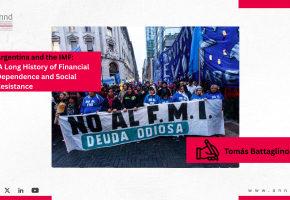
Argentina and the IMF: A Long History of Financial Dependence and Social Resistance - Tomás Battaglino
Related publications
